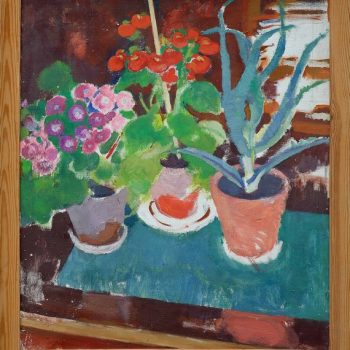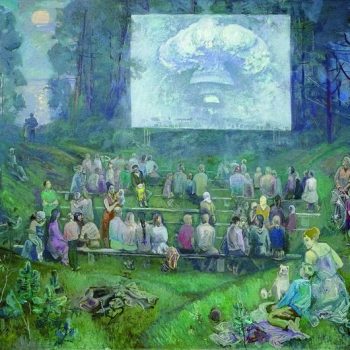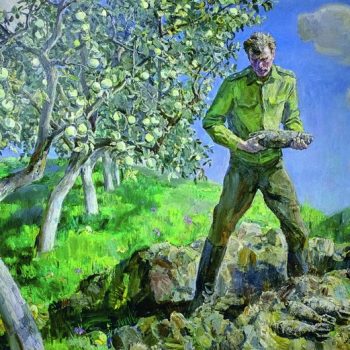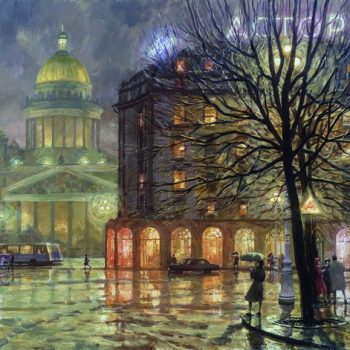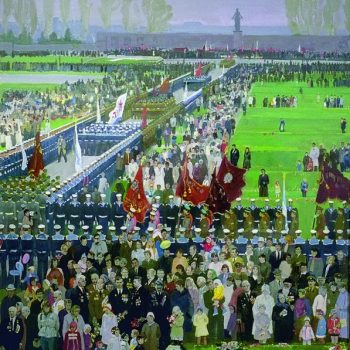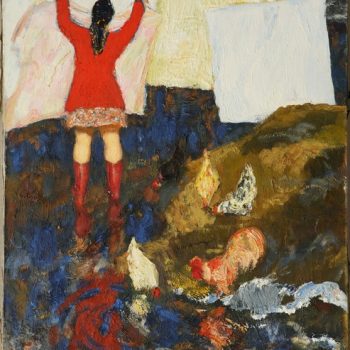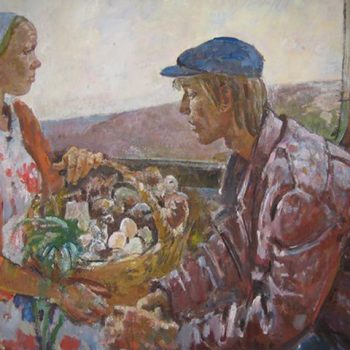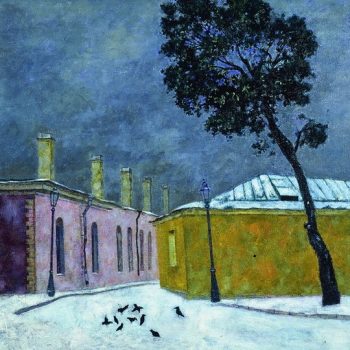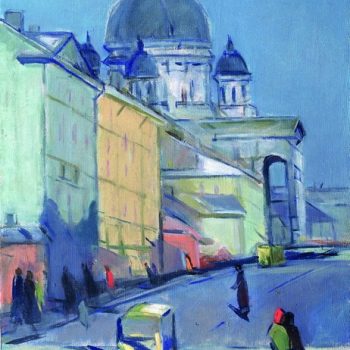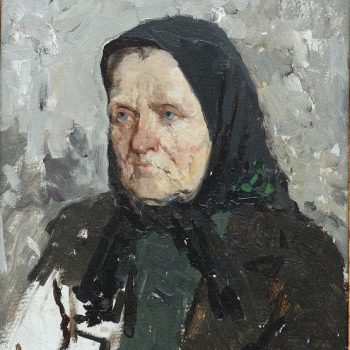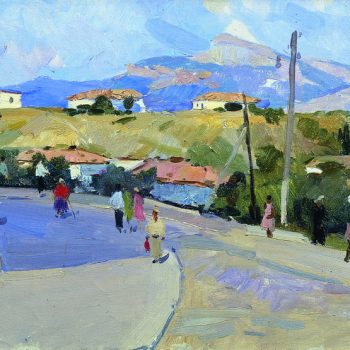The Socialist Realism
The term ‘socialist realism’ was first used by Ivan Gronsky, President of the Organizing Committee of the USSR Union of Soviet Writers in the Literary Gazette (23 May 1932). Ideologically, the term implies art that is ‘objectively precise’ in form and concretely presentive in meaning. The regime favored those artists, who were in favor of the ideology of social realism. They had official recognition, and hence, commissions and stable income, good workshops, financed trips, etc. By organizing annual socialist realism exhibitions of different levels, from local to national, the government was stimulating the ‘useful’ segment of culture. The result of this ideological and political pressing was depletion of the creative process in art. An entire ‘elite’ class of artists arose, who were earning heir living by making mechanically imitative artificialities, which, according to the socialist realism doctrine, were a reflection of life.
Socialist realism as the only artistic method was put an end to by Gorbachev’s Perestroika and Glasnost policy, when the ‘left’ and ‘right’ opposition lost its societary significance.


